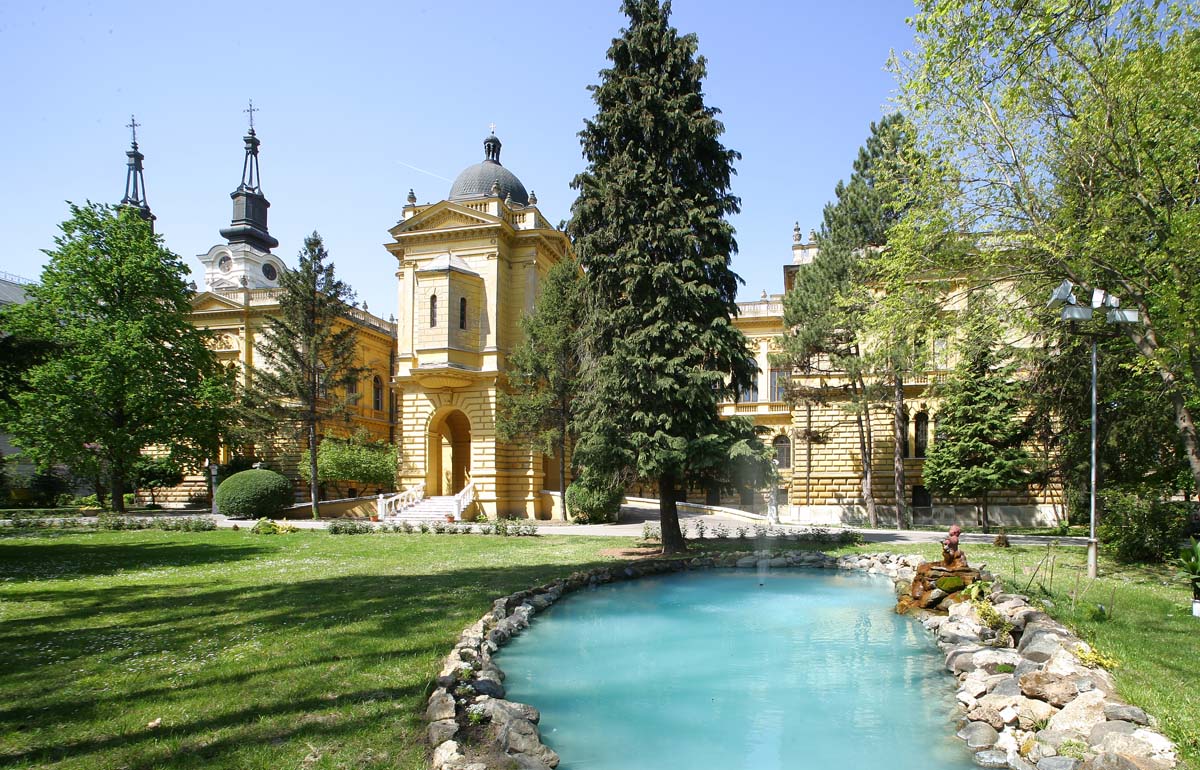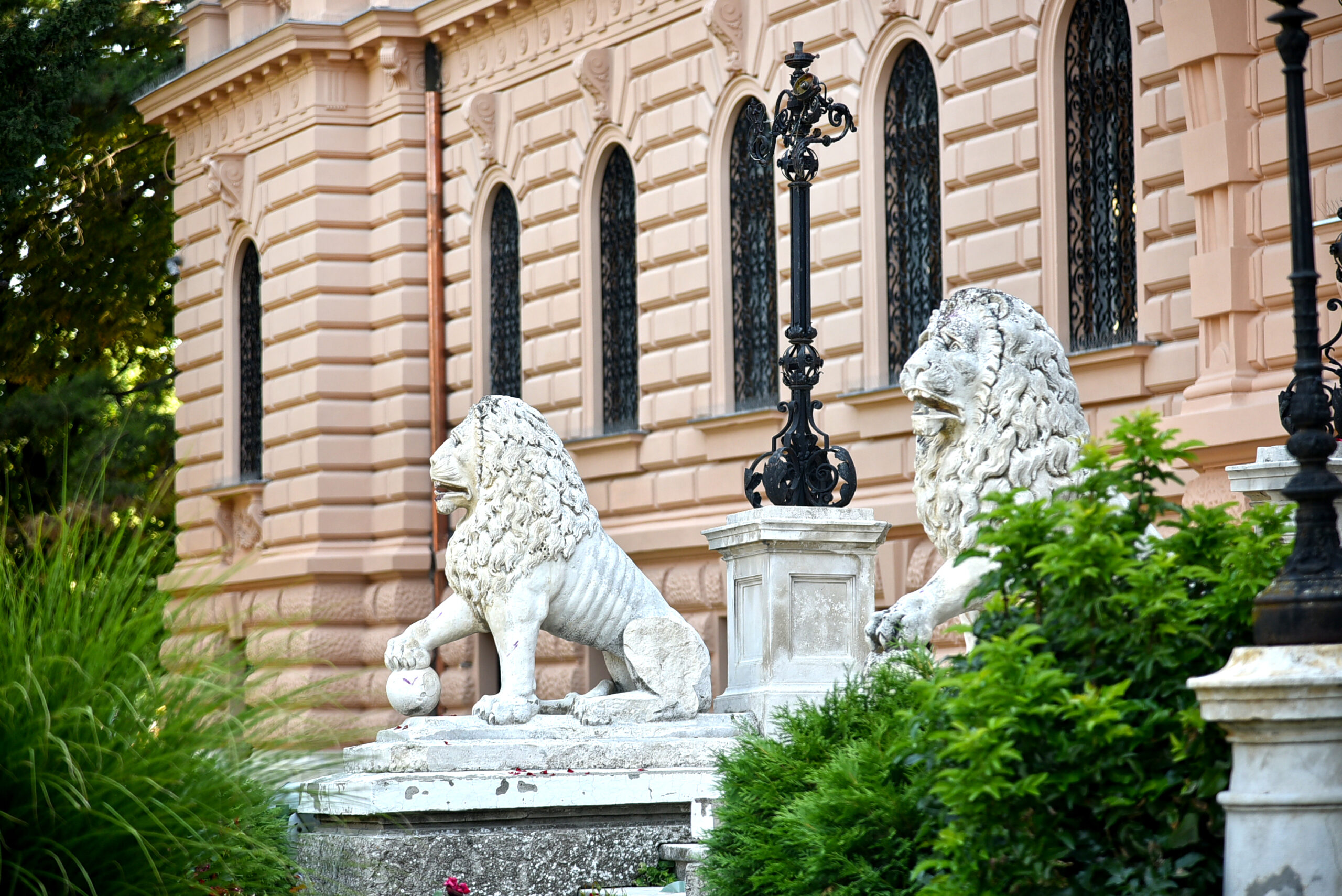Courtyard Silence and Danube Vistas: A Guide to Sremski Karlovci
Sremski Karlovci is a charming town nestled on the banks of the Danube, just outside of Novi Sad. This small town in Vojvodina offers a unique blend of rich history, remarkable architecture, spiritual heritage, and a longstanding tradition of winemaking.
Known as a center of Serbian spirituality and education since the 18th century, the town holds a prominent place on Serbia’s cultural map thanks to landmarks such as the Patriarchal Court, the Karlovci Gymnasium, and numerous influential figures who lived and worked here.

The Patriarchal Court in Sremski Karlovci is one of the most impressive examples of ecclesiastical architecture in Serbia. It was built between 1892 and 1895 based on the design of architect Vladimir Nikolić, on the site of the former Pasha’s residence. The initiative for construction came from Metropolitan Stefan Stratimirović, and the building was completed during the tenure of Metropolitan Georgije Branković. Designed in the style of Italian palaces, the court includes an internal chapel painted by the celebrated artist Uroš Predić.
The building served as the seat of the Serbian Patriarch until 1930, when the patriarchal residence was officially moved to Belgrade. Today, it serves as the seat of the Bishop of Srem and as the summer residence of the Serbian Patriarch. The building and its beautifully maintained gardens are recognized as a cultural monument of exceptional importance.
The architecture of the court is elaborate and ornate. The building’s layout resembles the Cyrillic letter “Ш,” with a central wing and a carriage entrance. Above the main entrance stands a chapel with a dome and lantern. The facade is distinguished by rows of arched windows, balconies, pilasters, and decorative elements that create harmony and elegance. The main gate is adorned with lion sculptures and wrought-iron fencing.
Inside the court is the Treasury of the Serbian Orthodox Church, which houses a permanent exhibition of religious and artistic artifacts. These include icons, relics, portraits of metropolitans, liturgical objects, rare books, and manuscripts. The oldest book in the collection is the “Cvetnik,” written in the 15th century, once used to educate young monks. Among the other treasures are the ceremonial robe of Saint Petar of Cetinje and the iconic painting “Procession of the Serbian Saints.”

For lovers of nature and scenic views, numerous lookouts offer panoramic vistas of the Danube and Fruška Gora. Nearby lies a place affectionately known as “Serbian Thailand” near the village of Banoštor, which draws visitors during the summer months.
Whether you come for the history, the architecture, the wine, or simply the charm of this Danubian town, Karlovci welcomes you with warmth, serenity, and plenty of reasons to return.










